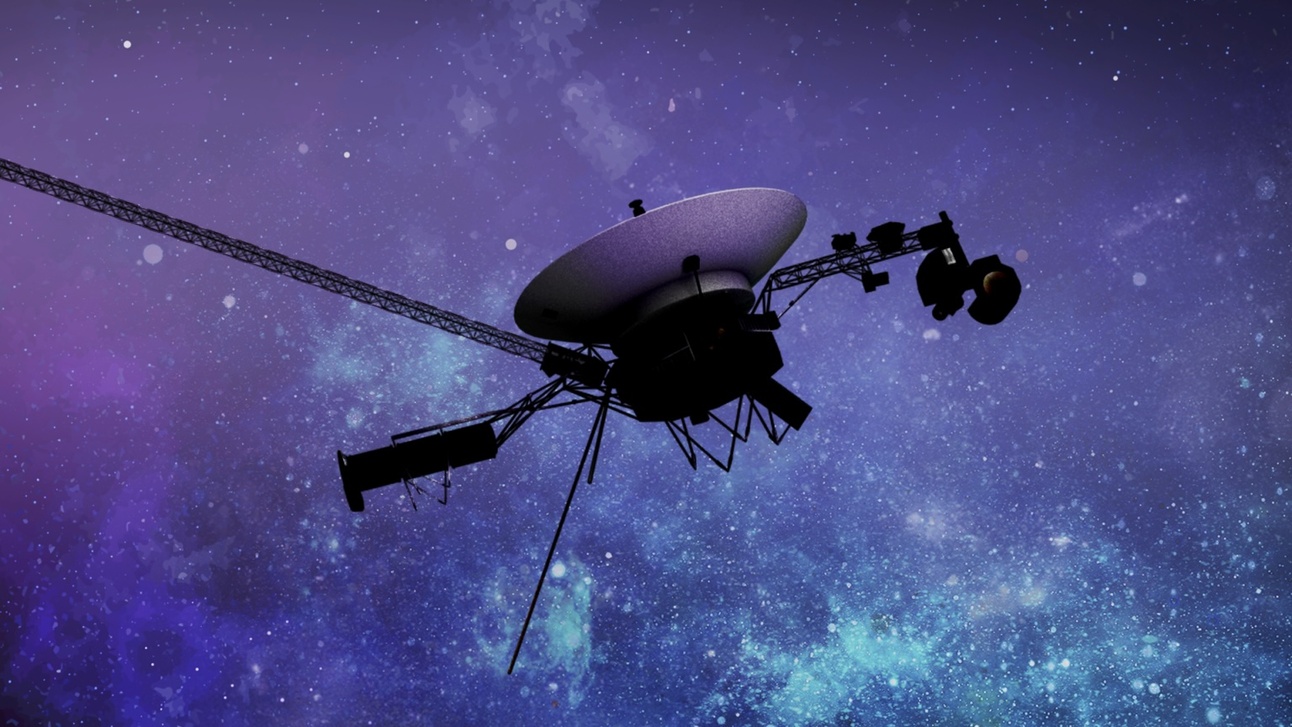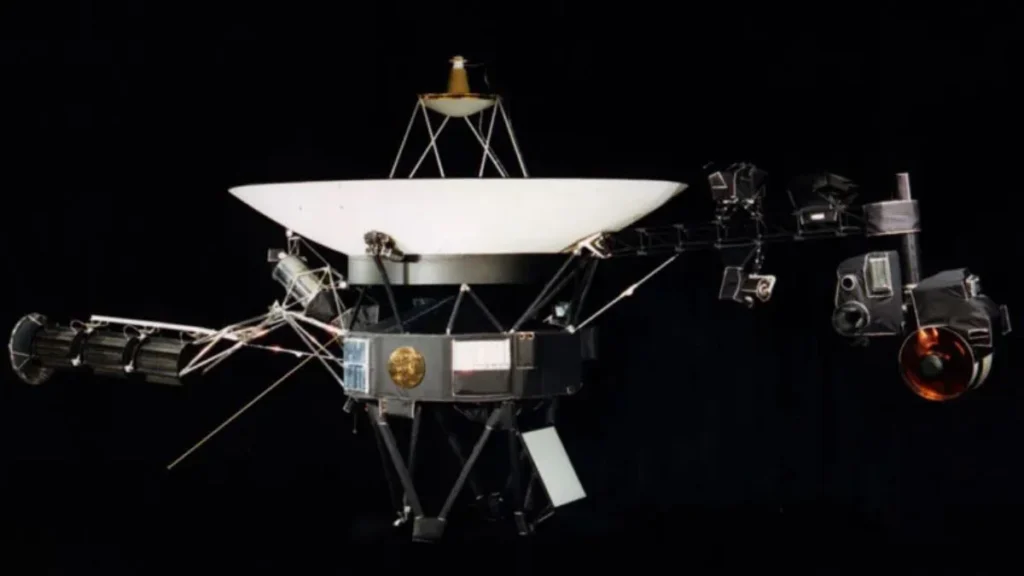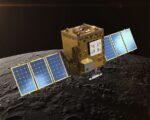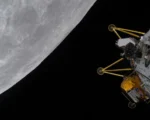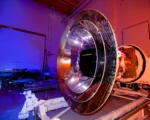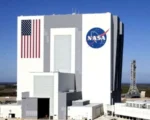NASA Voyager 1 Overcomes Thruster Challenges with a Strategic Solution, Securing Ongoing Data Transmission from Deep Space.
Voyager 1, humanity’s farthest-reaching spacecraft, has recently undergone a significant adjustment to its thruster system, ensuring its continued operation as it travels through the vastness of interstellar space. Launched in 1977, Voyager 1 has defied expectations by remaining operational for 47 years, continuously sending valuable scientific data back to Earth. However, maintaining its alignment and communication capabilities has become increasingly challenging as the spacecraft ages.
Voyager 1’s Thruster Issue
One of the critical challenges facing Voyager 1 was its thruster system, which is essential for maintaining the spacecraft’s orientation in space. Recently, the spacecraft experienced difficulties due to a fuel tube clogging issue, a problem that has plagued it for over two decades. This clogging prevented the proper functioning of some thrusters, which are crucial for steering and stabilizing the spacecraft. As Voyager 1’s power supply continues to dwindle, the need for a reliable solution became urgent to avoid losing communication with the spacecraft.
The Complex Fix
Given the spacecraft’s advanced age and limited power, engineers at NASA’s Jet Propulsion Laboratory (JPL) approached the problem with heightened caution. The team devised a strategic solution by repurposing one of Voyager 1’s inactive attitude thruster branches. This particular set of thrusters had been offline due to severe cold and power constraints, but the engineers believed they could successfully activate them to restore functionality. The complex fix required meticulous planning to ensure that the adjustment would not further jeopardize the spacecraft’s delicate systems.
Thruster Activation and Testing
After activating the repurposed thrusters, the team conducted extensive tests to confirm that they were functioning correctly. These tests involved precise maneuvers to adjust Voyager 1’s orientation, allowing the spacecraft to maintain its trajectory and ensure optimal communication with mission control on Earth. The successful activation of these thrusters marks a significant milestone in the ongoing mission, showcasing the engineering team’s ingenuity and commitment to preserving Voyager 1’s legacy.
Continued Scientific Contributions
With its thruster issues resolved, Voyager 1 is expected to continue its mission of exploring the interstellar medium, providing invaluable data about the environment beyond our solar system. The spacecraft has already contributed significantly to our understanding of cosmic phenomena, including cosmic rays and magnetic fields. As it travels further into space, Voyager 1 will help scientists gather insights into the characteristics of interstellar space, enriching our knowledge of the universe.
Future Challenges
Despite the recent success, Voyager 1’s journey is not without challenges. The spacecraft’s power supply is steadily declining, and it is estimated that its scientific instruments will cease to operate within the next few years. Engineers at JPL are closely monitoring the situation and planning for the gradual shutdown of non-essential systems. However, as long as Voyager 1 can maintain communication, it will continue to provide invaluable information about the vast, unexplored regions of space.
A Testament to Human Ingenuity
The recent thruster adjustment for Voyager 1 serves as a testament to human ingenuity and the relentless pursuit of knowledge. Even after decades of exploration, engineers continue to find innovative solutions to ensure that this iconic spacecraft remains operational. As Voyager 1 continues its journey into the cosmos, it stands as a symbol of human achievement, reminding us of our capacity to explore the unknown and expand our understanding of the universe.


